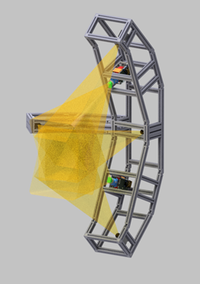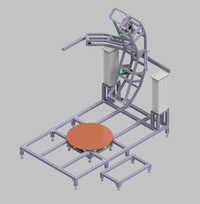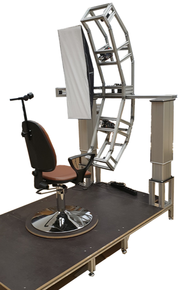The devising of a technologically advanced IT system, enabling automated data analysis of data stored in criminal biometric databases to combat crime or identify people.
head of the project: Sławomir Paśko, PhD, BEng
task duration: 25.11.2019 - 24.11.2022
funds received: 9 684 883,00 PLN
The project is undertaken by a consortium consisting of the following institutions:
- Warsaw University of Technology,
- Central Crime Lab of Police,
- ENIGMA Systemy Ochrony Informacji Sp. z o.o.,
- Police Academy in Szczytno.
Financing: funds of NCBiR from the “COUNTRY SECURITY AND PROTECTION”, contest 10/2019, contract number DOB-BIO10/09/01/2019
There is no doubt that one of the primary needs of people is the need of safety. We want to feel safe both at home and when away from it. To this end, the servicemen providing this security should have access to the best solutions facilitating their work.
The goal of this project is to devise a unique central database of biometric data, enabling automated, electronic analysis of this data and their complex combining. As a part of the project, we will build the first station for complex acquisition for collecting biometric data. It will gather DNA profile, fingerprints and handprints, the image of the face and the earlobe.
Graphic 1. Mechanical structure of a set of cameras and beamers; perspective towards the front of the system, slightly ⅓ upper left.
This last functionality will be enabled by a measurement station, to be constructed at our Faculty. It consists of two beamers and four cameras, mounted on a stiff structure, enabling different configurations of five scanning systems. The central part of the system includes a rotating chair, mounted on a platform. Once images from a given angle are collected, the chair rotates and further images are collected, until a full 3D image of the head of a scanned person is complete. Once the chair with a person in make a full turn, a computer will store his or her 360 degrees image.
Graphic 2. Image of the skeleton structure of the station without the background mounted, roughly ¾ right back
Graphic 3. View of the station during construction works





